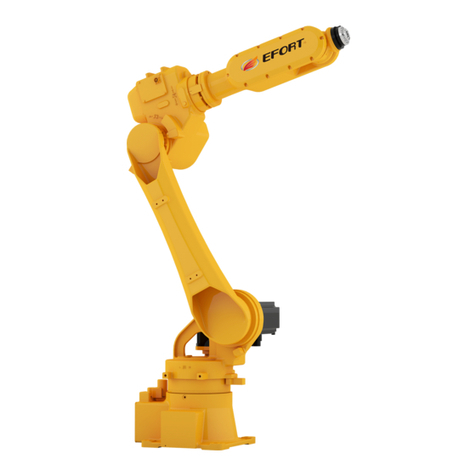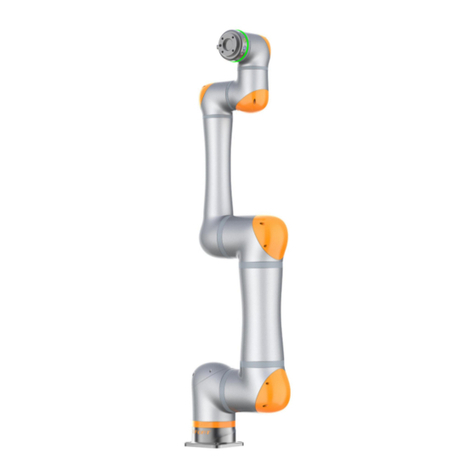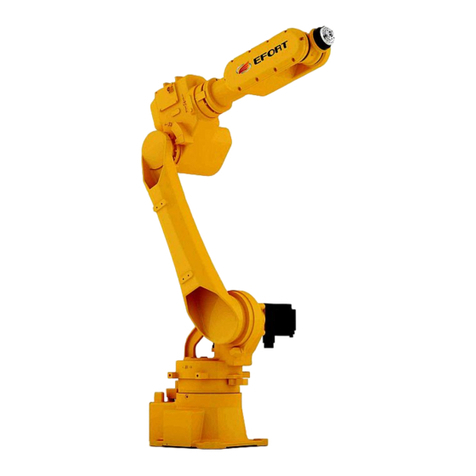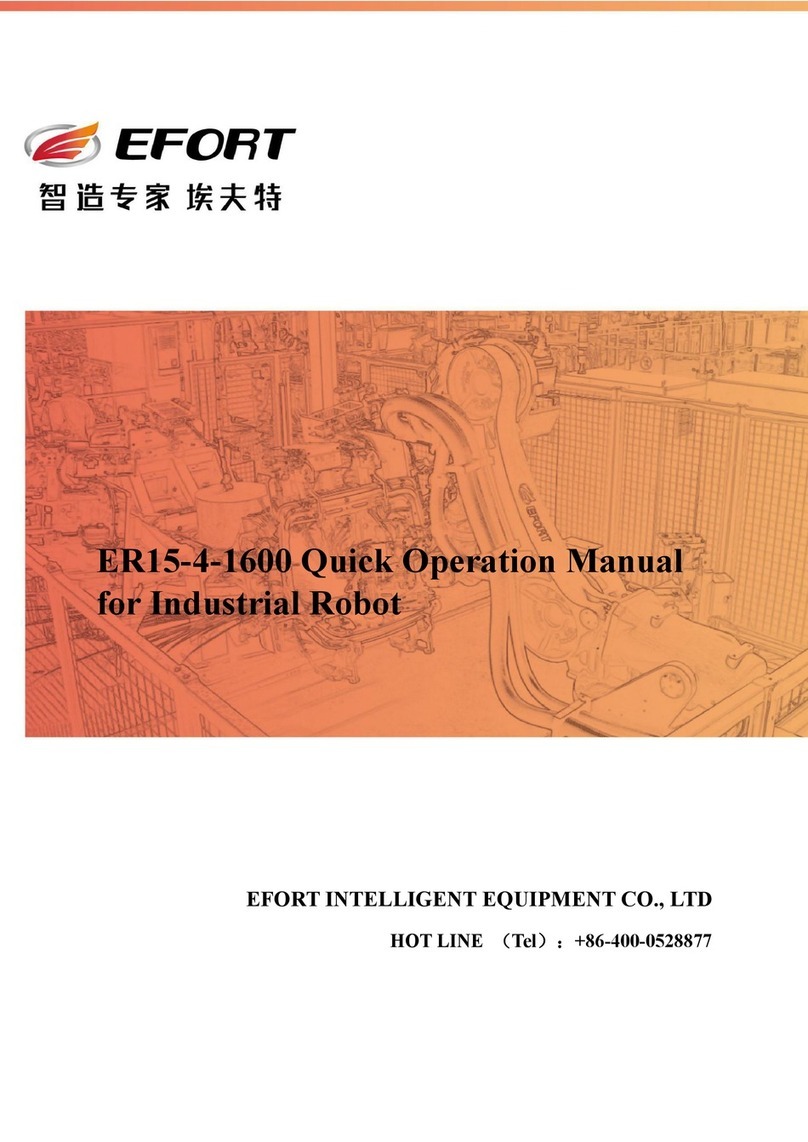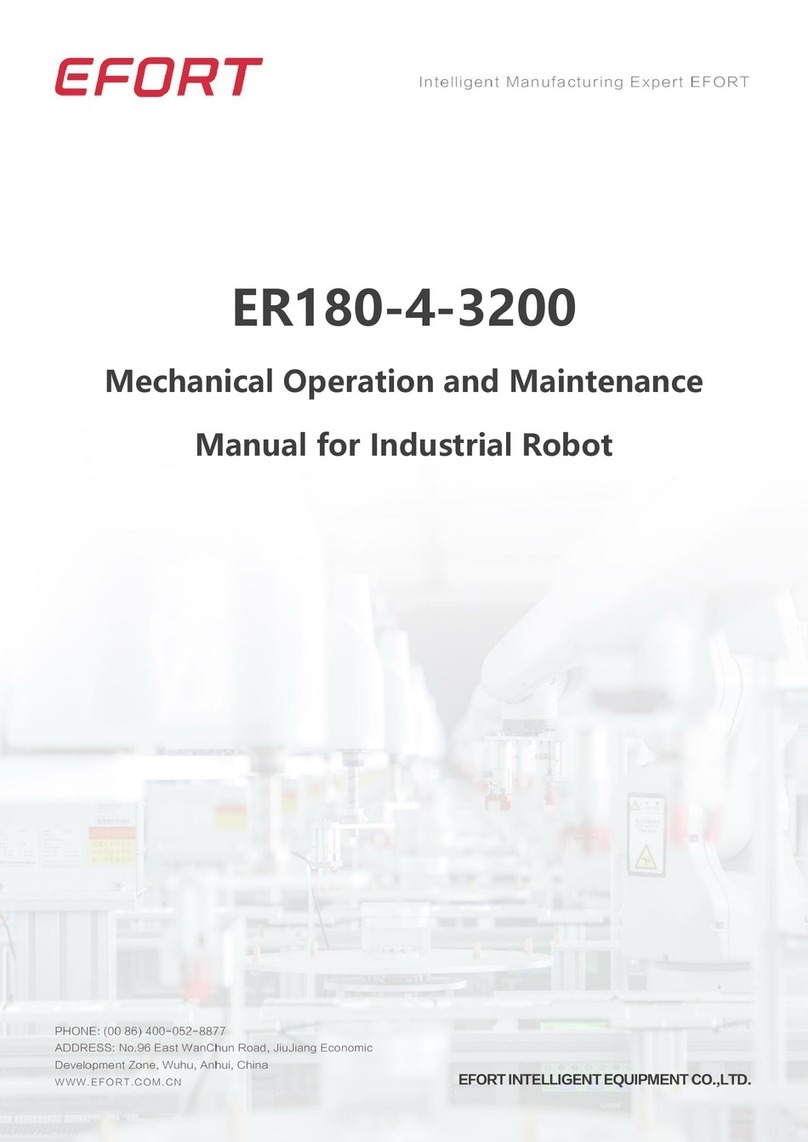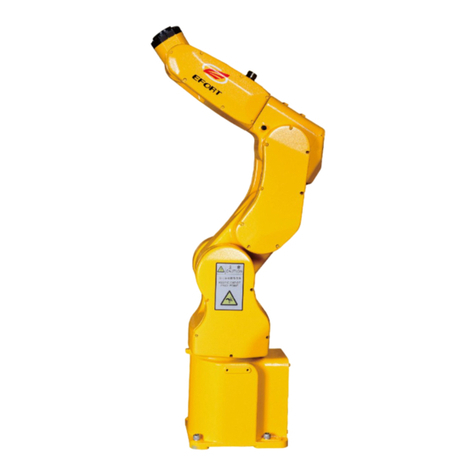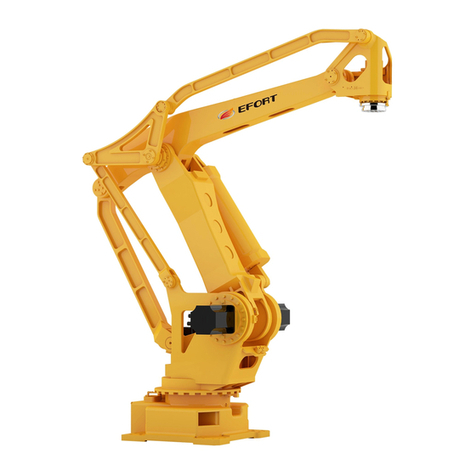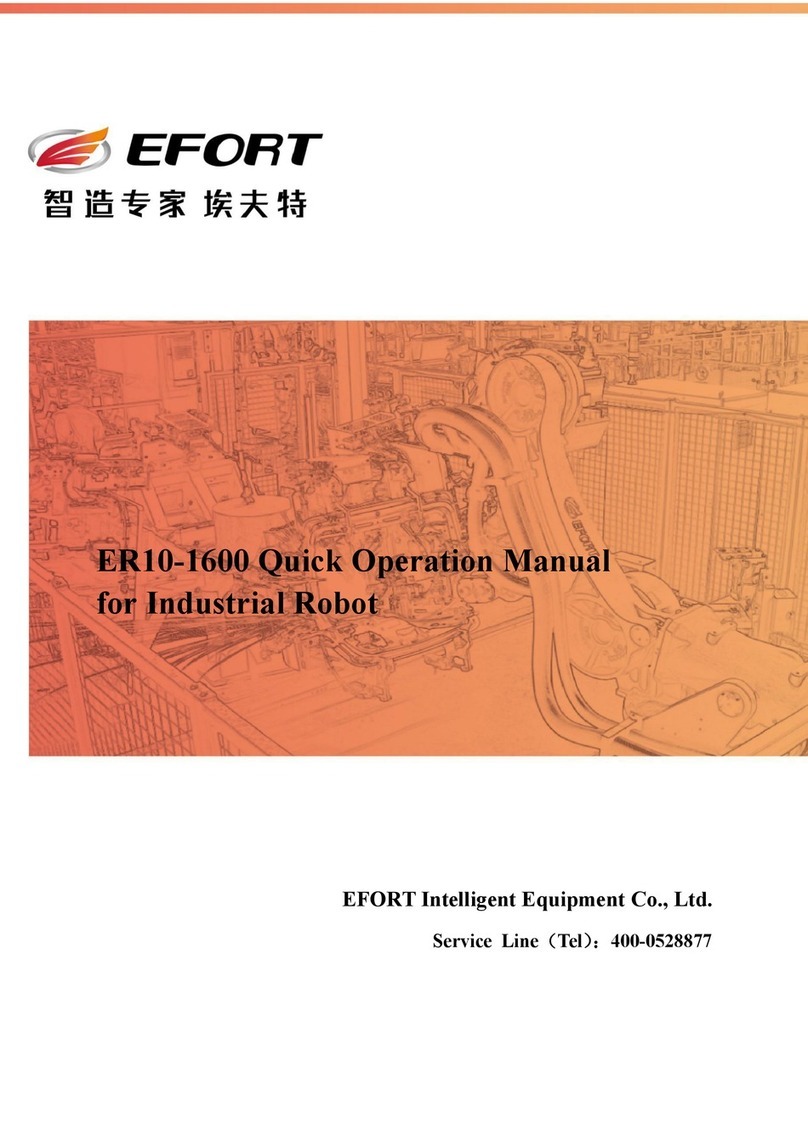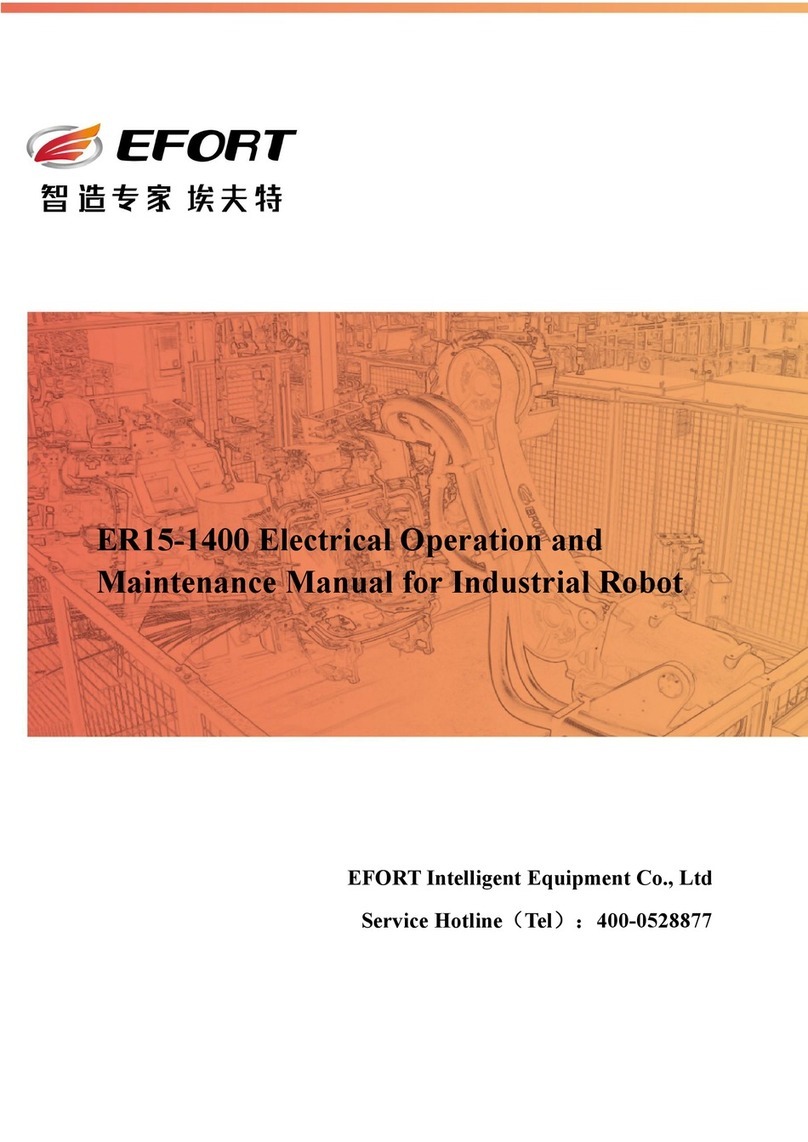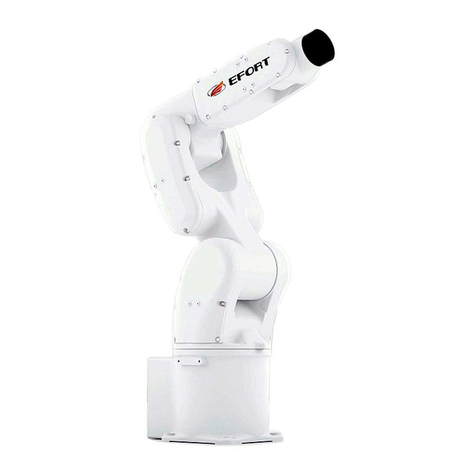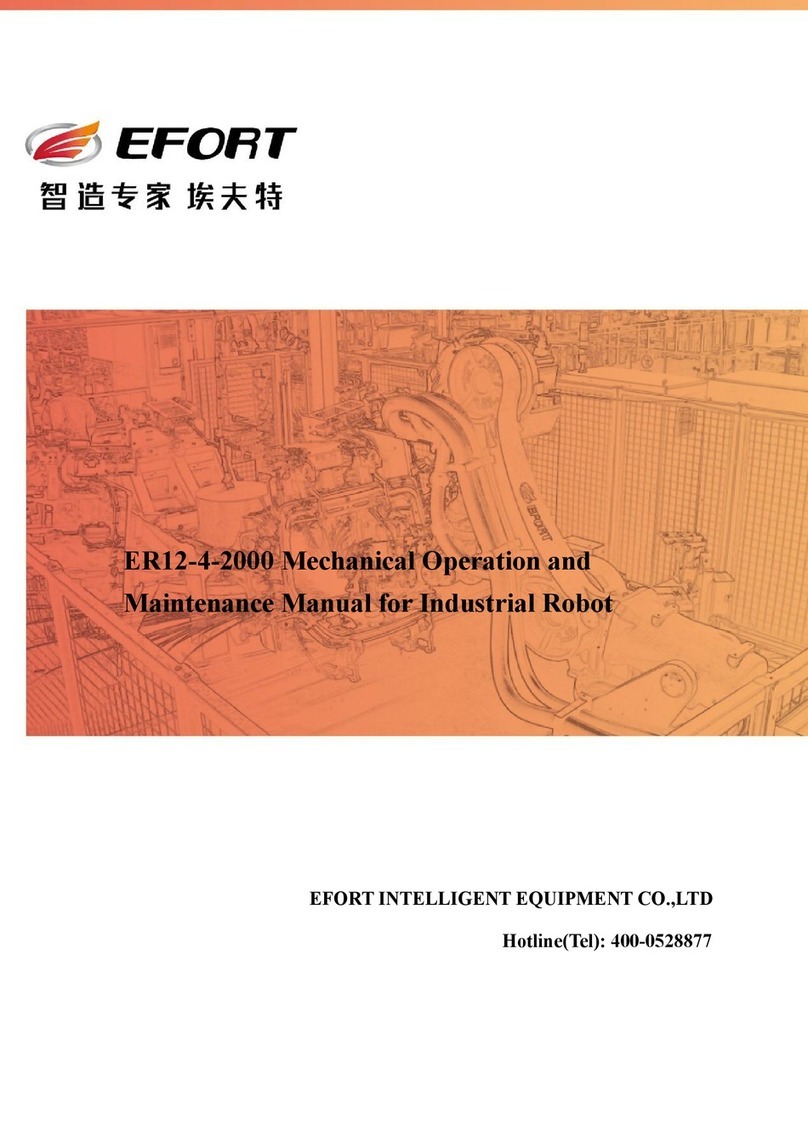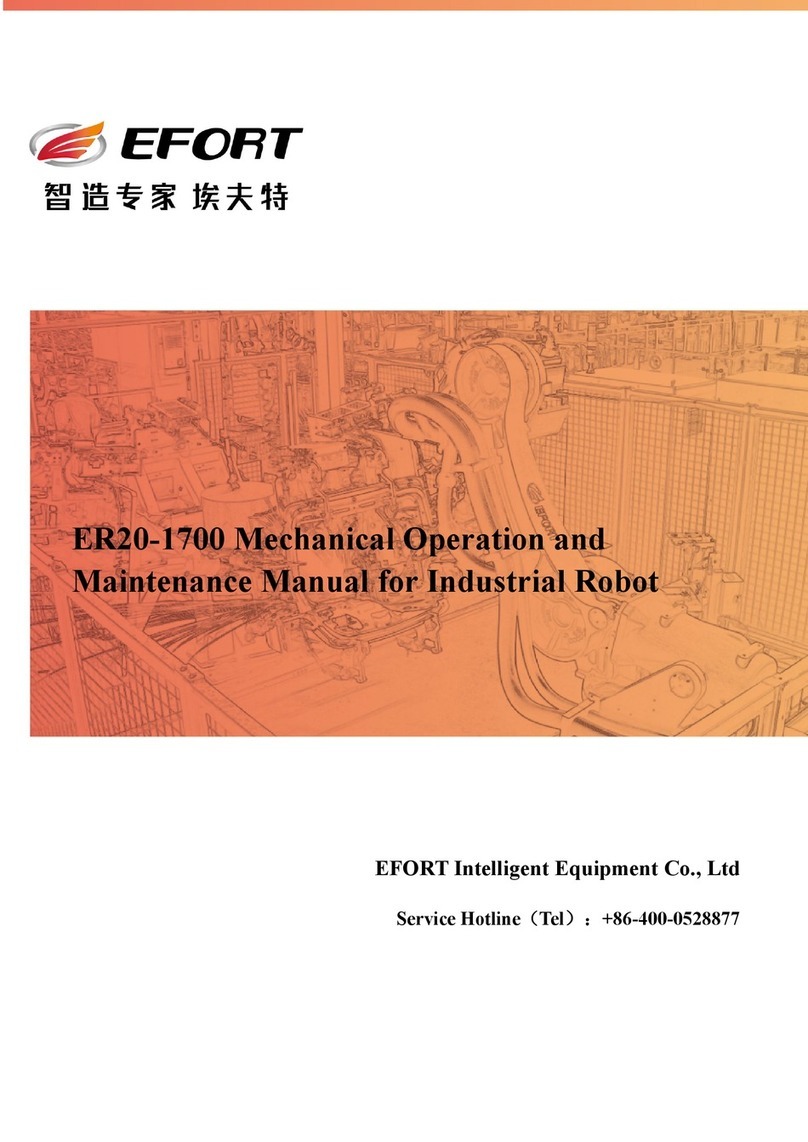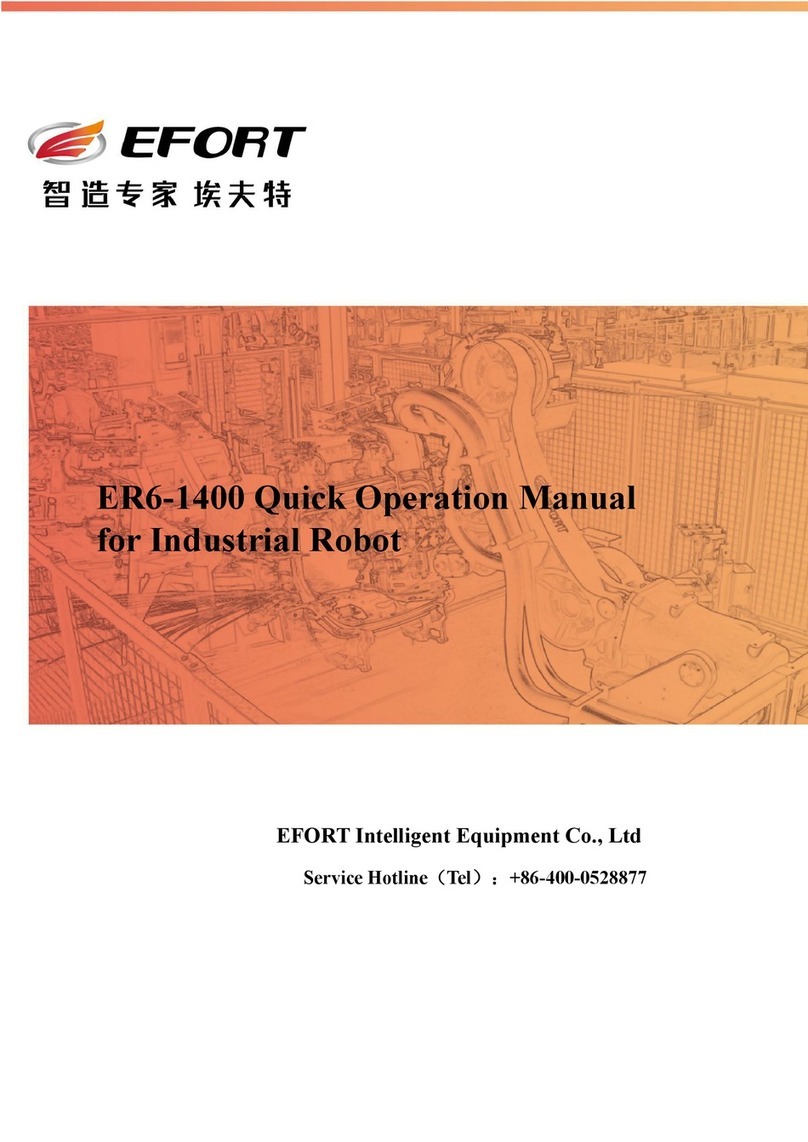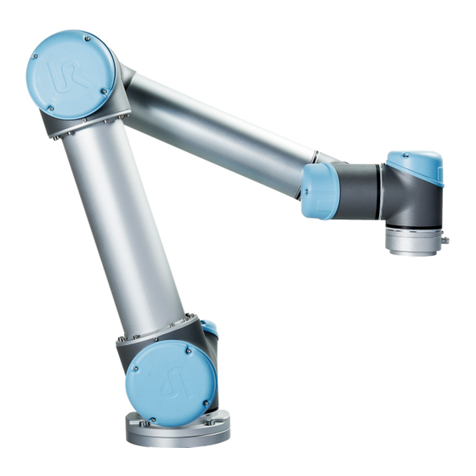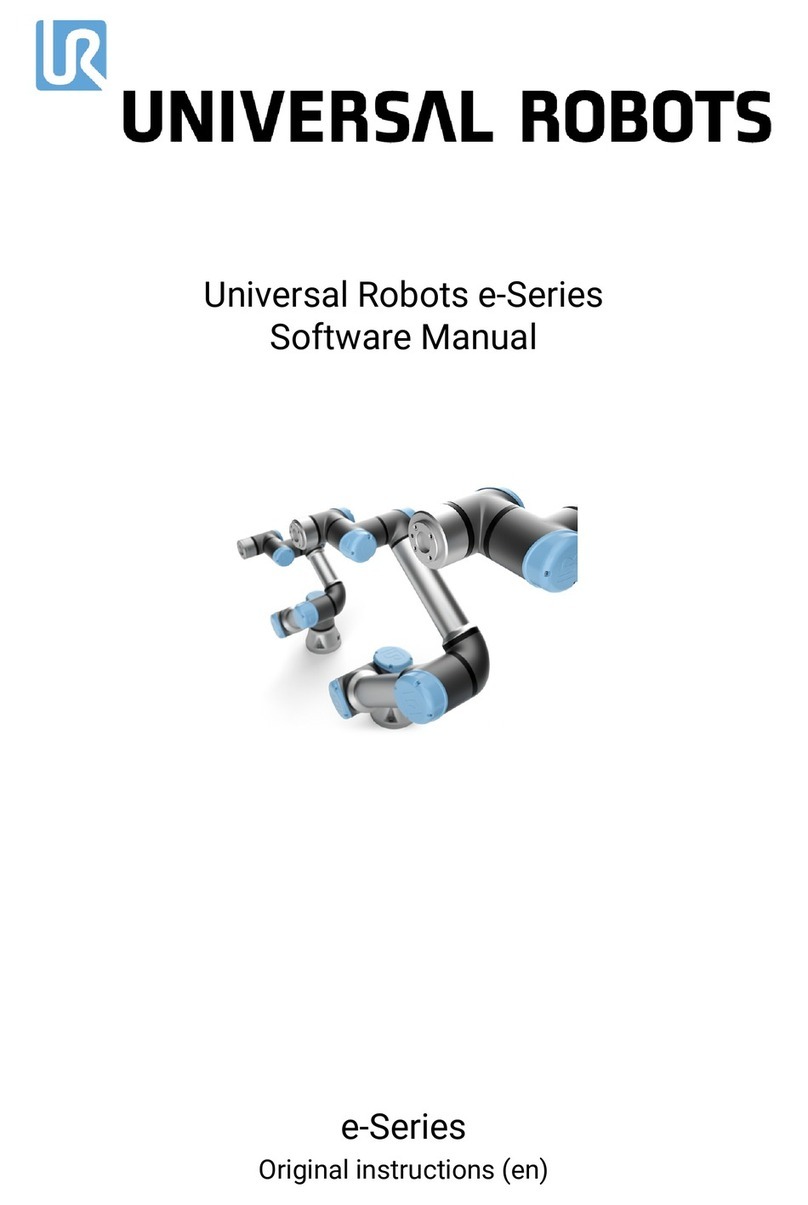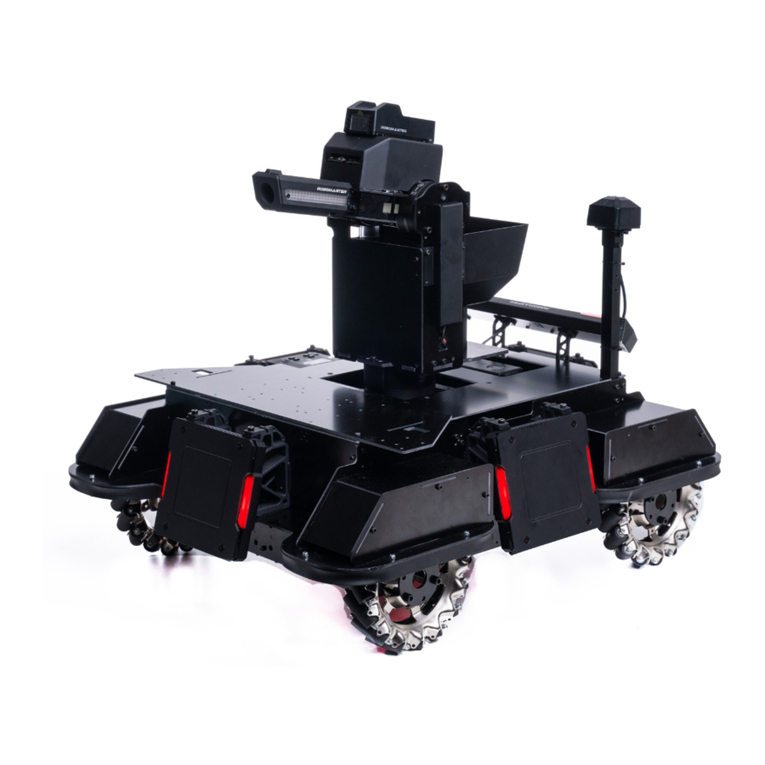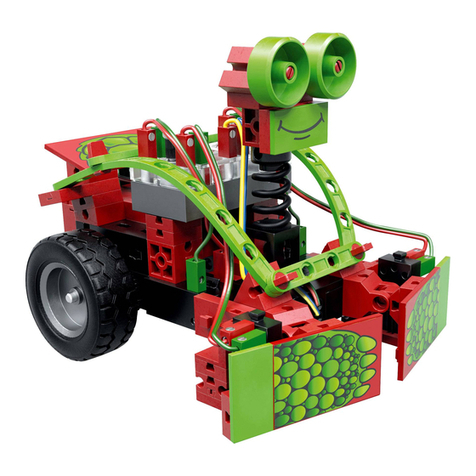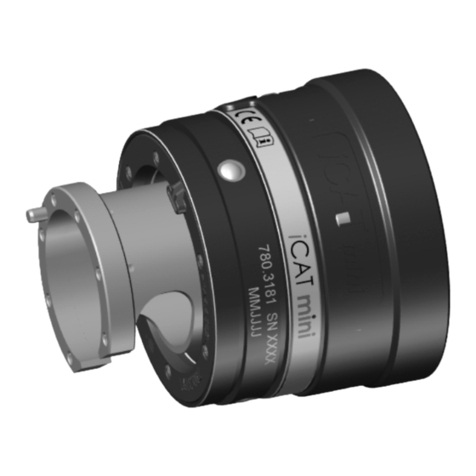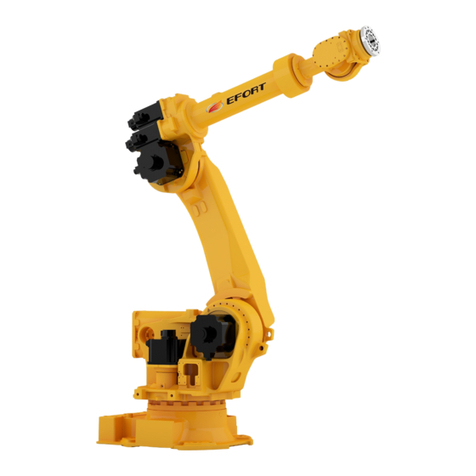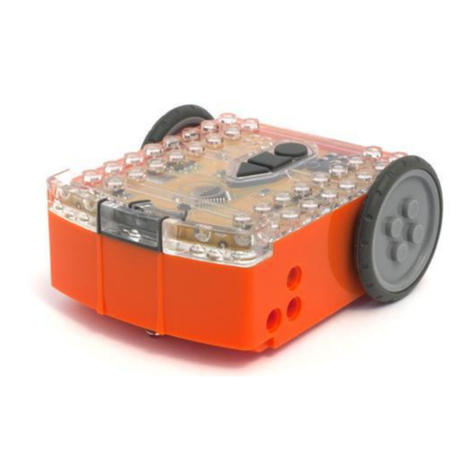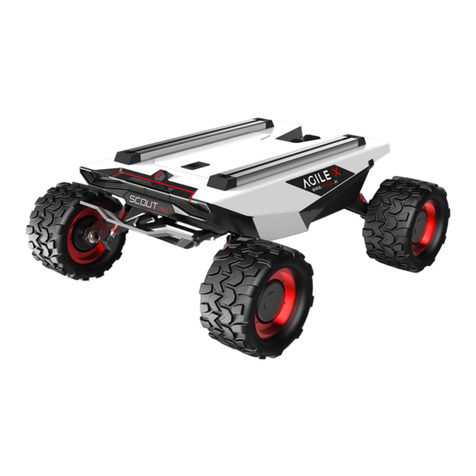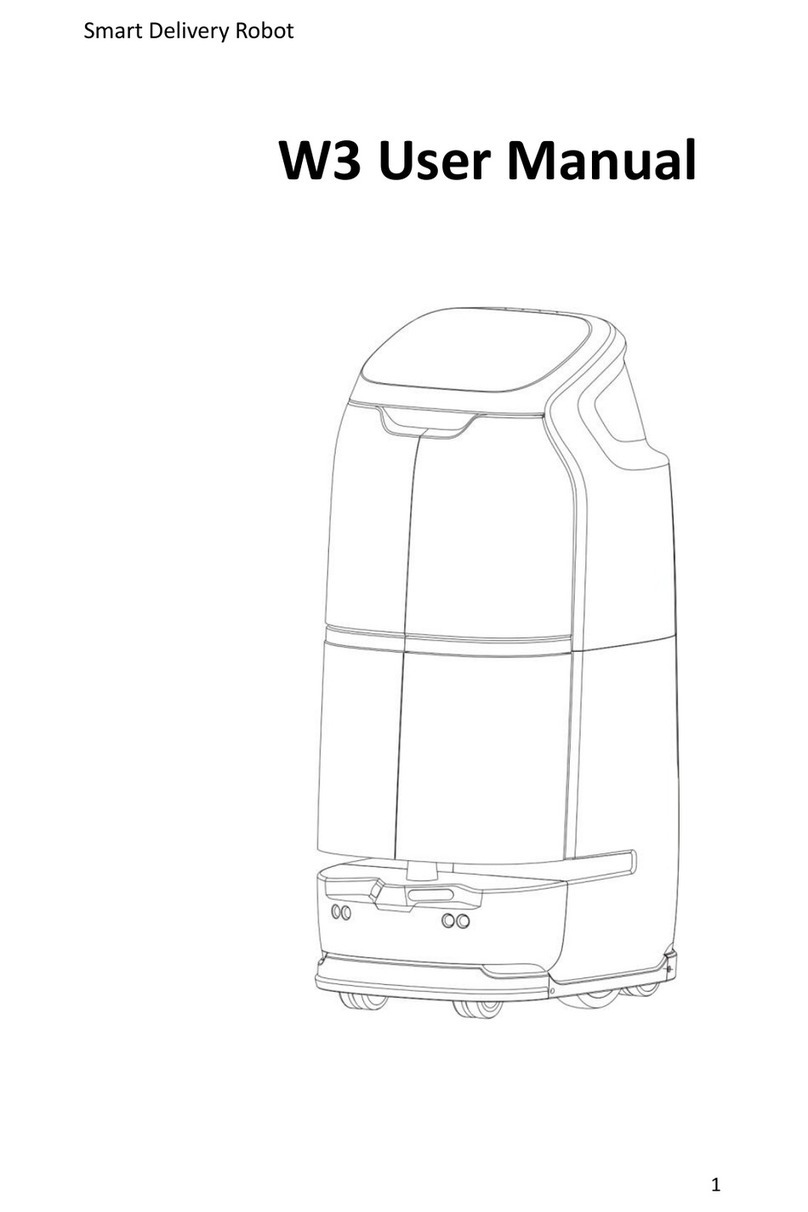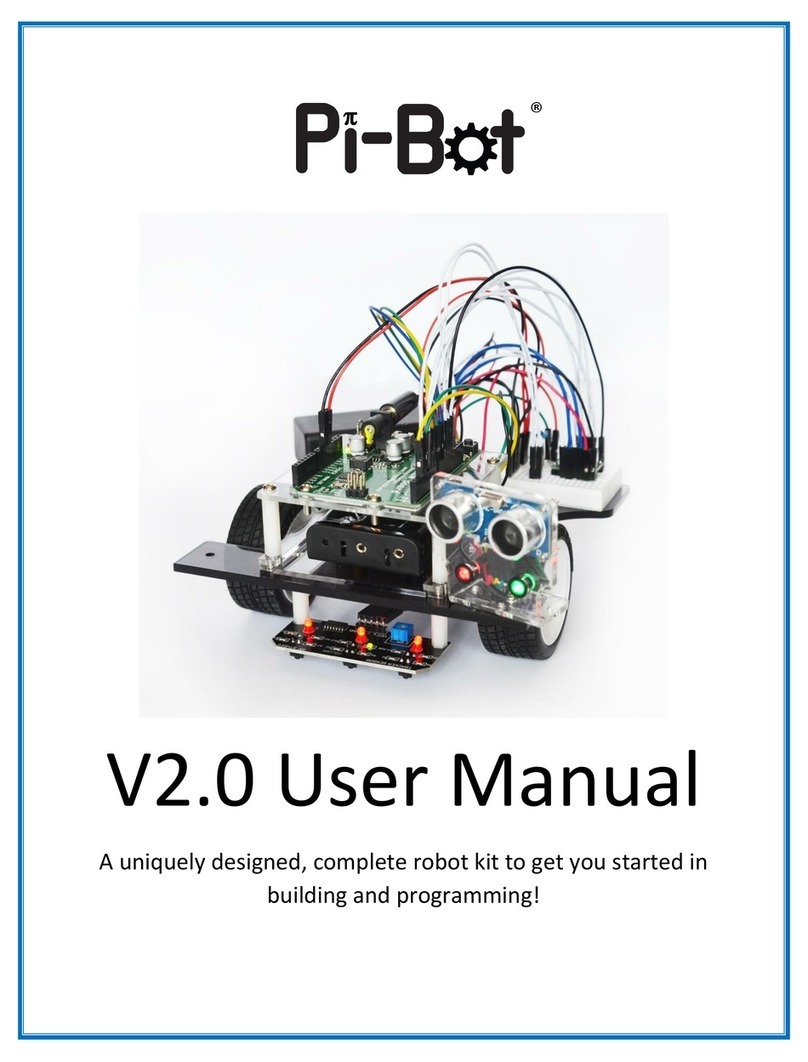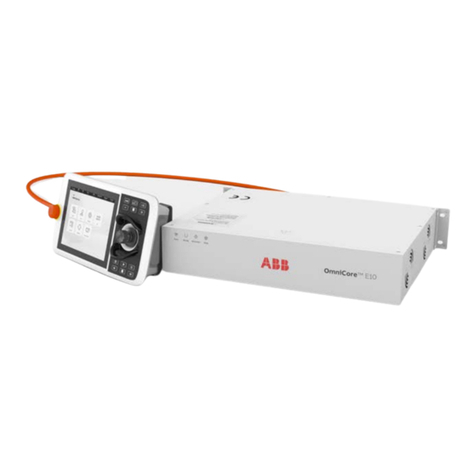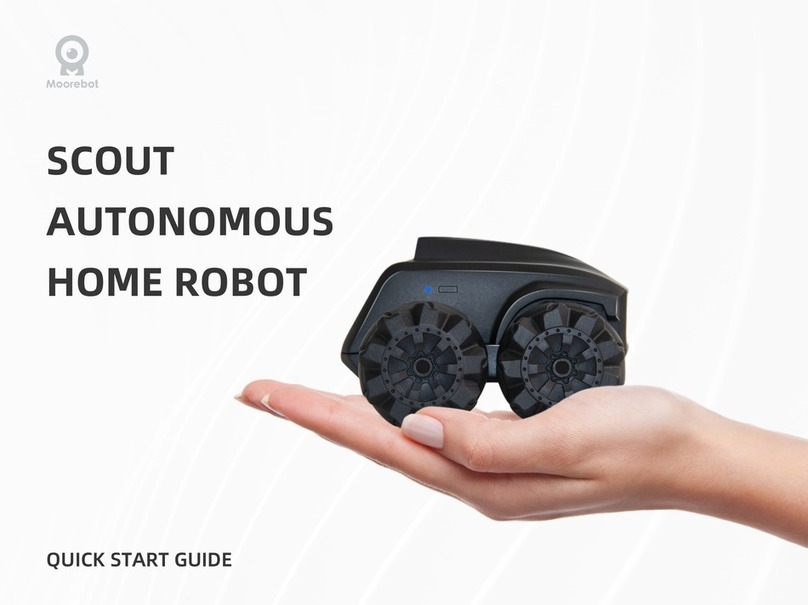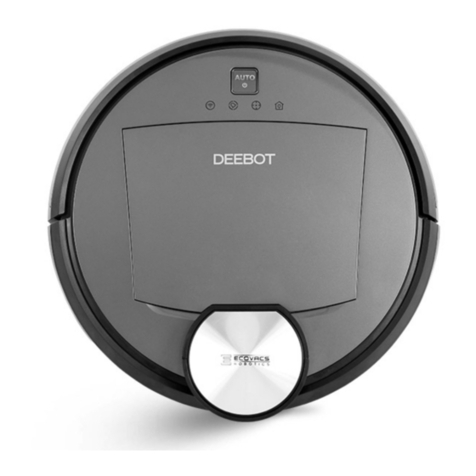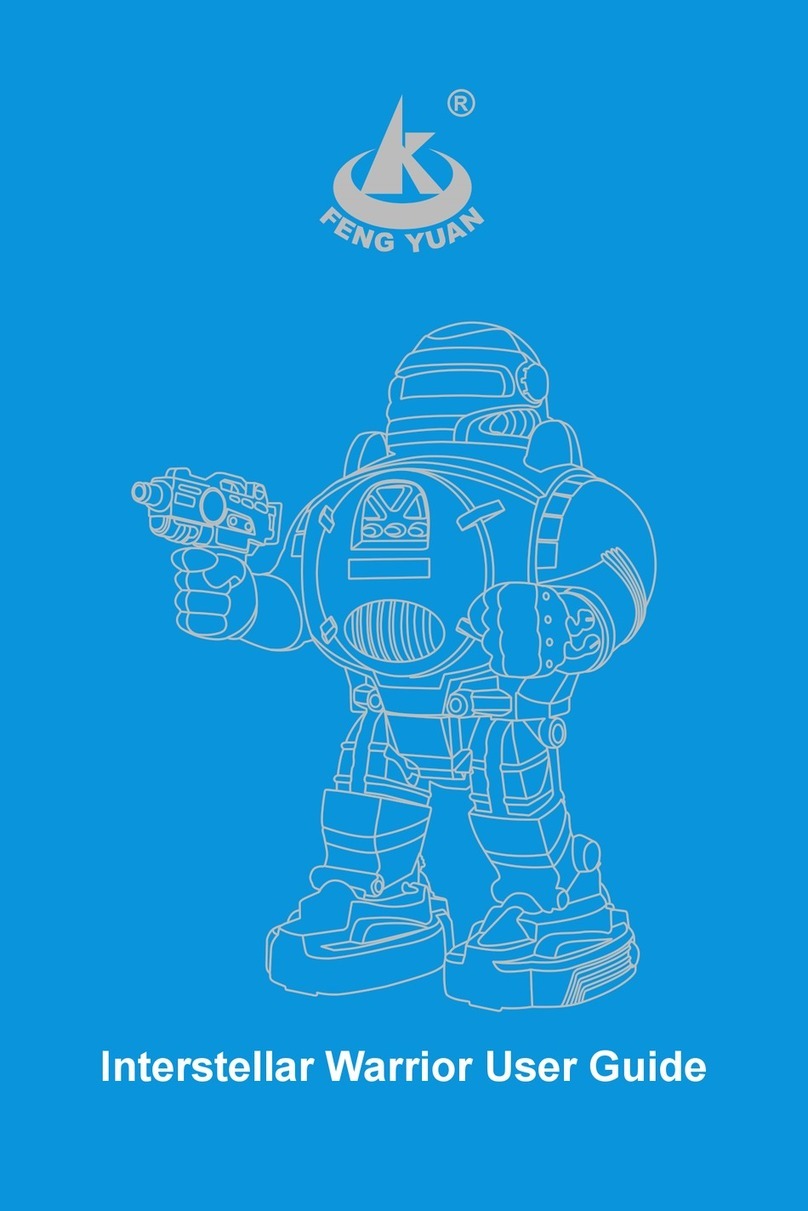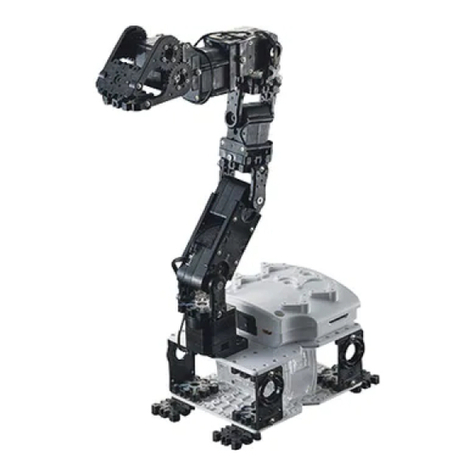
Mechanical Operation and Maintenance Manual for Industrial Robot ER3-600
Content
Chapter One: Safety........................................................................................................................................... 1
1.1 Instruction for Safe Use of Robots.......................................................................................................... 1
1.1.1 Safety Precautions during Adjustment,Operation,Mainteance........................................................ 1
1.1.2 Safety Countermeasures of Robot Body.......................................................................................... 3
1.2 Shift,Transfer, and Sale of Robots........................................................................................................... 7
1.3 Abandonment of Robots.......................................................................................................................... 7
Chapter Two: Basic Description........................................................................................................................ 9
2.1 Robot System Composition..................................................................................................................... 9
2.2 Unpacking Check.....................................................................................................................................9
2.3 Machine Body Nameplate..................................................................................................................... 10
2.4 Body Part Composition and Identification of Each Axis...................................................................... 10
2.5 Robot Axis Range Limit and Home Position........................................................................................ 11
2.6 Robot Performance Parameters............................................................................................................. 12
2.7 Allowable Value of Wirst Payload......................................................................................................... 15
2.7.1 Allowable Weight............................................................................................................................15
2.7.2 Allowable Maximum of Static Payload Torque............................................................................. 15
2.7.3 Allowable Maximum of Moment of Inertia................................................................................... 15
2.7.4 Allowable Payload Curve Diagram................................................................................................ 15
Chapter Three: Handling and Installation........................................................................................................16
3.1 Robot Handling......................................................................................................................................17
3.1.1 Handling Precautions......................................................................................................................17
3.1.2 Handling Method............................................................................................................................ 17
3.2 Robot Installation...................................................................................................................................18
3.2.1 Setting of Safety Fence................................................................................................................... 19
3.2.2 Robot Installation Method.............................................................................................................. 19
3.2.3 Ground Mounting........................................................................................................................... 20
